Oracle BIEE 中的时间维与时间轴函数
目录
时间轴函数概述
- Ago:从当前时间起回溯用户指定的 n 个时间段,返回当时的度量值。
- ToDate:从用户指定时间段的起点开始,到当前时间为止,计算度量值的累计值。
创建时间维的准备工作







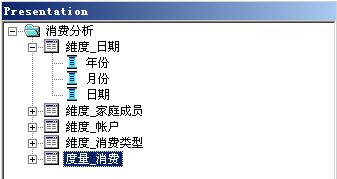
- 如果某个物理表的字段被映射到了时间逻辑表上,那么这个物理表中的字段不能再映射到其他逻辑表中。
- 作为时间逻辑表的数据源的物理表,只允许与物理事实表关联。且关联只能基于外键(foreign key),而不能基于复杂连接(complex join)。
创建时间维
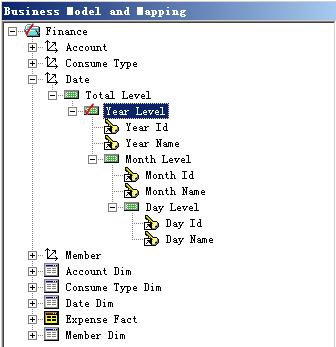
| 层级 Level |
元素数 Number of elements |
层键 Key |
主层键 Primary |
用于下钻 Use for drilldown) |
| Total Level | 1 | N/A | N/A | N/A |
| Year Level | 3 | Year Id | Yes | No |
| Year Name | No | Yes | ||
| Month Level | 36 | Month Id | Yes | No |
| Month Name | No | Yes | ||
| Day Level | 1000 | Day Id | Yes | No |
| Day Name | No | Yes |

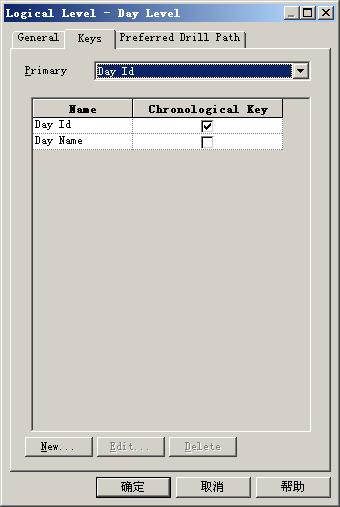
使用时间轴函数定义度量值
| AGO(Finance."Expense Fact".Amount, Finance."Date"."Year Level", 1) |
第一个参数是逻辑字段 Finance."Expense Fact".Amount,是用于时间轴运算的度量值;第二个参数是逻辑模型时间维的层级 Finance."Date"."Year Level",表明回溯的时间单位为年;第三个参数表示回溯的时间周期,1 则为回溯一年,即去年。

| TODATE(Finance."Expense Fact".Amount, Finance."Date"."Year Level") |
第一个参数是逻辑字段 Finance."Expense Fact".Amount,是用于时间轴运算的度量值;第二个参数是逻辑模型时间维的层级 Finance."Date"."Year Level",表明累计计算开始自年时间的起点,终止到当前时间。
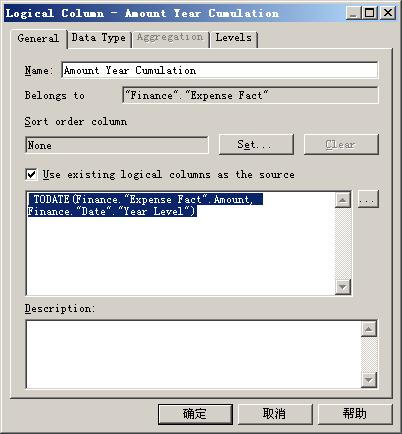
- "Date Dim"."Month Name" 为查询粒度。
- "Expense Fact"."Amount Year Ago" 逻辑列对应的时间维层级为时间序列粒度。
- 在包含时间序列函数的查询中,时间序列粒度必须大于等于查询粒度。
- "Expense Fact"."Amount Year Ago" 逻辑列对应的物理表的时间粒度被称为存储粒度。
- 与存储粒度对应的时间维层级上必须定义时间序列键。
查询
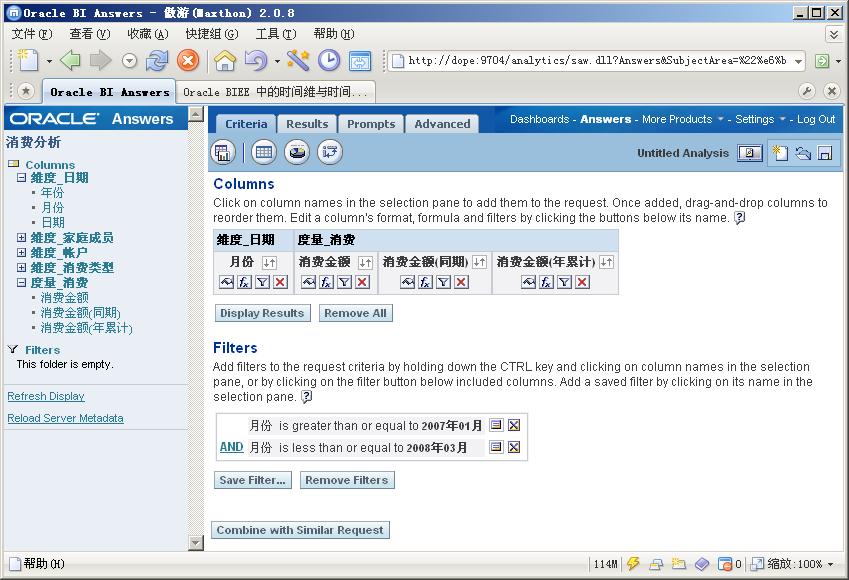
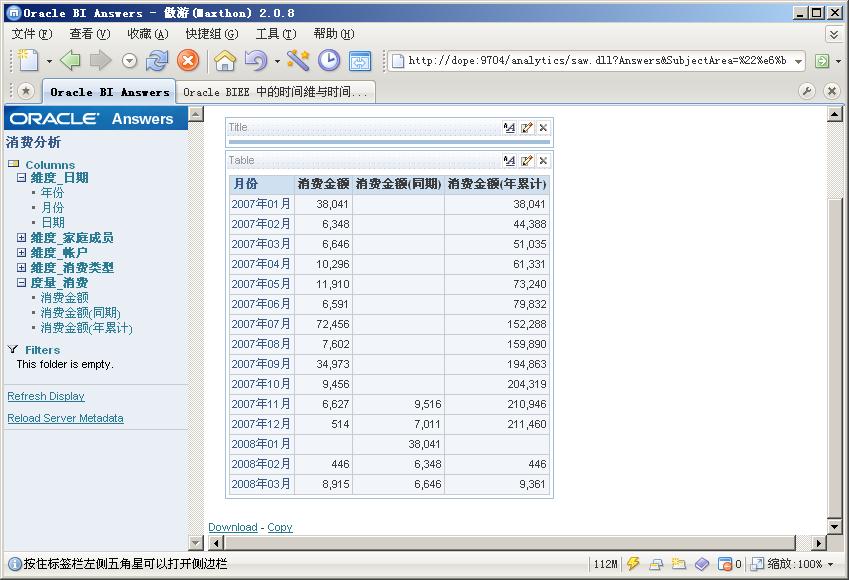
参考
This identifies the dimension as having a monotonically increasing value in time (corresponds to chronological order).
At least one level of a time dimension must have a chronological key.
The chronological key has to be defined at this level. (storage grain level)
It is recommended that you define additional chronological keys at other relevant levels for performance reasons.
我估计其他层级的时间序列键在聚合导航(Aggregate Navigation)时会被用到。
For any level, you can select one or more chronological keys and then sort keys in the level, however, only the first chronological key is used at this time.
Any physical table that is part of a time logical table cannot appear in another logical table. This prevents using date fields from calendar table as measures.
Physical tables in time sources, except the most detailed ones, cannot have joins to table outside their source. The join has to be between the time table and the fact table. The join can only be based on foreign key; it cannot be a complex join.
The following list describes the important grains in navigating a time query
- p198 Multiple Ago functions can be nested if all the Ago functions have the same level argument.
- p198 NOTE: You can nest exactly one ToDate and multiple Ago functions if they each have the same level argument.
- p199 A ToDate function may not be nested within another ToDate function.
- All time series measures using the Ago and ToDate functions must be on time levels. Ago and ToDate aggregates are created as derived logical columns.
- Ago or ToDate functionality is not supported on fragmented logical table sources.